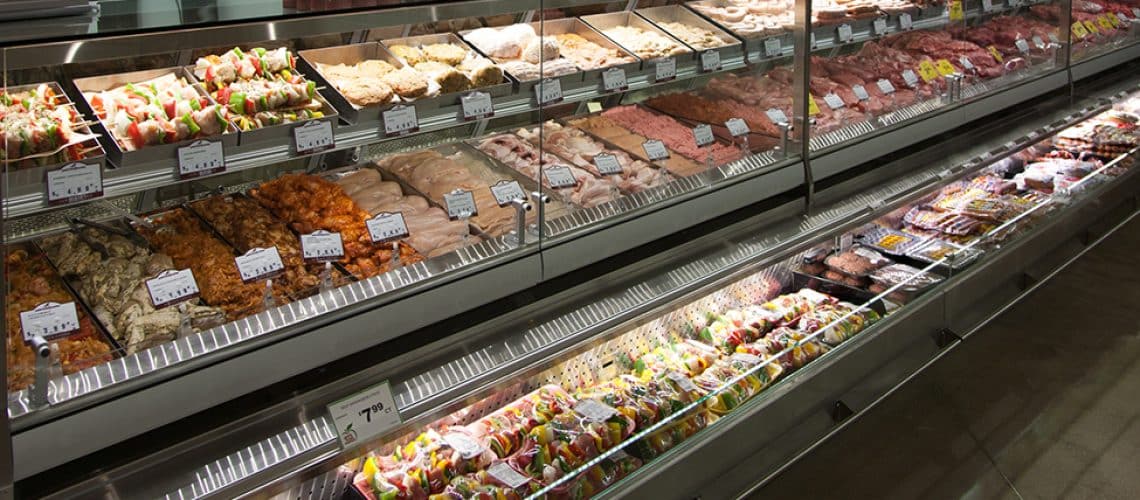Factors to Consider Before Purchasing Your Next Display Case

When customers enter your food retail store, one of the first things they notice is your products showcased in your display cases. Well-merchandised display cases in store aisles and food departments easily catch customers’ attention while they browse through their grocery lists. In other words, display cases play an active role in properly promoting your product in-store and are a key factor in improving store traffic and sales.
When choosing your next display case, it is important to consider factors that suit your needs and align with your merchandising goals to maximize your return on investment. Here are some of the key factors you should consider before purchasing your next display case:
Application — Which display case to buy relies heavily on the type of product you wish to showcase in it. Once you have that decided, the next step is to determine whether you need a non-refrigerated, refrigerated, or hot food display case. Non-refrigerated display cases are best for freshly baked items or food products that you want to display at room temperature. Refrigerated display cases, (available in gravity coil and forced air options) on the other hand, are used for displaying and storing perishable and temperature-sensitive food products, like meat and seafood. Hot cases are intended to contain foods that must stay warm and at a safe temperature.
Refrigerant — With the advancement of refrigeration technology, display cases can operate with different refrigerants ranging from traditional HFCs to sustainable refrigerants, like R290 (propane) and CO2 (carbon dioxide). For most food retail operations, deciding which refrigeration system to install in their store was traditionally mostly a matter of size and price. In light of recent market trends — from a need for flexible merchandise display cases to an emphasis on food quality and safety — the evaluation checklist for food retail refrigeration has become much more comprehensive. Considering the looming, stringent refrigerant regulations and potential associated compliance costs, choosing a display case that utilizes environmentally friendly refrigerants may well be an essential starting point.
Display Case Size – Another factor to consider is the size of the display case. As retailers, you have a better vision of your store’s layout and design, and how much space you need to allocate for your display cases. While it is important to get a case size that would accommodate your food products and departmental needs, the case should not obstruct store traffic or impede the visibility of other merchandised products.
Lighting – Lighting is another important factor to consider when buying display cases because it affects energy costs and product integrity. Lighting plays a significant role in promoting energy efficiency while at the same time preserving product integrity and enhancing product presentation. That is why it is worth choosing display cases that employ LED lights, which are environmentally friendly and offer long-term energy cost benefits.
Design – When it comes to design, there are plenty of options from which to choose. Depending on your store’s aesthetic and product application, display cases come in various configurations — straight, curved, vertical, or horizontal. Also, there are different types of display cases available, ranging from reach-in merchandisers to multi- or single-deck, self-contained, or island display cases suitable for merchandising various products in a variety of ways.
When looking to purchase your new display case, whether you are running a convenience store, bakery, or supermarket, it is important to carefully consider these factors to get the most value out of your investment. After all, the display cases you choose will be the means by which you present your products to your customers … so choose wisely!